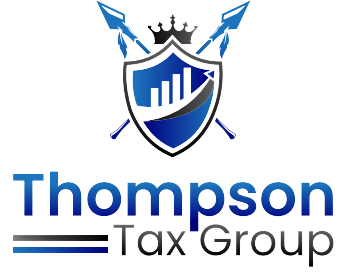
If your business is identified as a large food and beverage establishment, you are required to file special forms to the IRS. These allocations are not used to determine your business’ payroll tax obligations. It is reported for informational purposes. But what else do you need to get done as a large food and beverage establishment owner?
The first step is determining whether you are a large scale food and beverage establishment. This can be determined by the number of employees on a typical business day.
How to Determine Your Establishment’s Size?
As mentioned, the first step is to determine whether or not your business is considered a large scale food and beverage establishment. This can be figured out by the number of individuals working in your restaurant or establishment within a given day. Having 10 or more employees within a business day makes your business a large food and beverage establishment.
To determine if you have more than 10 employees on a typical business day for a calendar year, you need to figure out the total hours worked by all employees during the months with both the highest gross and lowest receipts for the year. Add the total hours and divide the value by 2 to get the total hour figure. If the result is more than 80 hours, you are a large food and beverage establishment.
This basically means you would need to file Form A27 annually.
What are the Different Tip Compliance Programs?
The IRS expanded its voluntary tip compliance programs in the food and beverage industry. Employers can choose between the following programs:
- Tip Rate Determination Agreement (TRDA)
- Tip Reporting Alternative Commitment (TRAC)
- Gaming Industry Tip Compliance Agreement (GITCA)
These programs were started in the 1990s and were made to ensure that tips are done properly.
What are the Different Kinds of Tips?
A tip is money given to an employee by a customer in addition to the bill for the service that was provided. There are three kinds of tips; cash, charge, and tip sharing.
As a business owner, you must track and record your employees’ tips. This is often reported by employees for tips over $20 in a calendar month. It must also be reported every 10th of the month.
What Can You Write Off on Taxes?
In addition to writing off food costs, take-out containers, and delivery costs, other write-offs like restaurant equipment can be considered.
Restaurant equipment such as large appliances, furniture, and other purchases above $500 can be written off. Section 179 specifically allows businesses to deduct the full purchase price of qualifying equipment within the financial tax year.
Smallware items or appliances that are below $500 can be written off without the Section 179 provision.
Are Beverages and Alcohol Served Tax Deductible?
The short answer to this question is “no.” Beverages and alcohol served in your establishment are not tax deductible. Meaning, the $1 you may have charged as tax to a customer will not be returned to you when filed. The IRS may call you out on this if this is improperly recorded. Better get it fixed as soon as possible.
